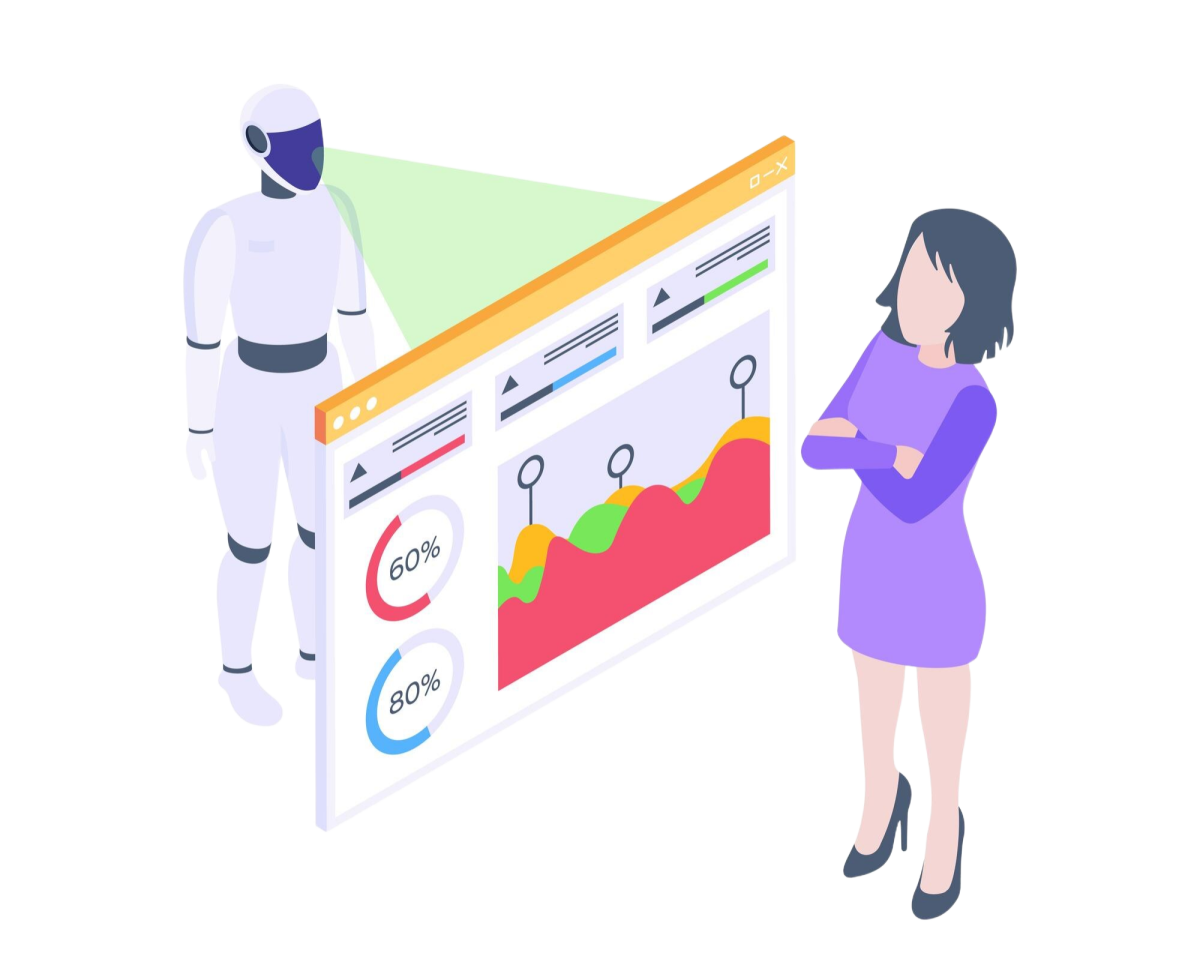Understanding your competitors is crucial for business success. With AI-powered prompts, companies can gain actionable insights, refine strategies, and make informed decisions. This blog explores 10 AI Prompts for Competitor Analysis that help businesses analyze competitors effectively.
By -Vamsi Bumireddy (CTO)
Best AI Prompts for Competitor Analysis
1. Identify Your Top Competitors
Prompt: “List the top five competitors in [your industry] based on market presence and customer engagement.”
Example Output: 1. Company A – Strong online presence, market leader 2. Company B – Rapidly growing customer base 3. Company C – Competitive pricing strategy 4. Company D – Focused on innovation 5. Company E – Strong brand loyalty
Why It’s Useful: This prompt helps businesses quickly identify key players in their industry, allowing them to study competitor strengths and strategies.
2. Analyze Competitor Pricing Strategies
Prompt: “Compare the pricing strategies of [competitor names] and suggest ways to position our pricing effectively.”
Example Output: Company A: Premium pricing model Company B: Subscription-based approach Company C: Competitive discount strategies
Why It’s Useful: Understanding pricing strategies allows businesses to position their offerings effectively to attract the right audience.
3. Assess Competitor Marketing Strategies
Prompt: “Analyze the marketing tactics used by [competitor name] and provide insights on how we can improve our marketing efforts.”
Example Output: Company B focuses on influencer marketing, social media ads, and email campaigns.
Why It’s Useful: This allows businesses to refine their marketing strategies based on successful competitor tactics.
4. Evaluate Customer Sentiment Toward Competitors
Prompt: “Analyze online reviews and customer feedback about [competitor name] to identify common strengths and weaknesses.”
Example Output: Strengths: Fast customer service, user-friendly platform Weaknesses: Limited customization, higher pricing
Why It’s Useful: Knowing what customers appreciate or dislike about competitors can help improve your offerings.
5. Identify Gaps in Competitor Offerings
Prompt: “Identify unmet customer needs in [your industry] that competitors have not addressed.”
Example Output: Customers seek personalized recommendations, but competitors lack AI-driven personalization.
Why It’s Useful: Spotting gaps helps businesses innovate and offer unique value to customers.
 6. Monitor Competitor Content Strategies
6. Monitor Competitor Content Strategies
Prompt: “Analyze the content strategies of [competitor name] and suggest improvements for our blog, social media, and video marketing.”
Example Output: Competitor posts weekly educational blogs and leverage short-form videos for engagement.
Why It’s Useful: This helps refine content marketing efforts to boost engagement and brand visibility.
7. Track Competitor Social Media Performance
Prompt: “Evaluate the social media engagement metrics of [competitor name] and suggest ways to improve our performance.”
Example Output: Competitor receives high engagement on Instagram Reels but struggles with LinkedIn interactions.
Why It’s Useful: Understanding what works for competitors enables businesses to tailor their social media strategy for better reach.
8. Analyze Competitor SEO Strategies
Prompt: “Identify the top-ranking keywords used by [competitor name] and suggest SEO improvements for our content.”
Example Output: Competitor X ranks for ‘best CRM software’ and ‘AI-driven sales tools’ while we are missing these keywords.
Why It’s Useful: Improving SEO based on competitor insights can help boost visibility in search engine rankings.
9. Benchmark Competitor Customer Service Performance
Prompt: “Compare customer service response times and satisfaction ratings for [competitor name] and suggest ways to enhance our support.”
Example Output: Competitor Y has a 24/7 live chat feature, while our current response time is slower.
Why It’s Useful: Enhancing customer service based on competitor analysis can lead to better customer satisfaction and retention.
10. Identify Emerging Industry Trends
Prompt: “Analyze recent industry reports and competitor strategies to identify upcoming trends in [your industry].”
Example Output: Competitor Z is investing in AI-driven automation, signaling a shift in market trends.
Why It’s Useful: Staying ahead of trends helps businesses innovate and adapt to market changes proactively.
 How Stratpilot Can Help
How Stratpilot Can Help
Stratpilot simplifies competitor analysis by offering AI-powered insights tailored for SMEs. Whether it’s identifying market gaps, refining pricing strategies, or improving content marketing, Stratpilot helps businesses stay ahead with data-driven decision-making.
Get Started Today! Sign up for Stratpilot to enhance your competitive edge with AI-driven insights.
Frequently Asked Questions (FAQs)
1. How can AI Prompts help with competitor analysis?
AI prompts provide structured insights by analyzing data, customer sentiment, and marketing strategies, helping businesses make informed decisions.
2. Do I need technical expertise to use AI prompts?
No, AI prompts are easy to use and require no coding or advanced technical skills.
3. How often should I analyze competitors?
Regular analysis—monthly or quarterly—ensures businesses stay updated on market trends and competitor strategies.
4. Can AI prompts help small businesses compete with larger brands?
Yes, AI-powered insights help SMEs identify unique opportunities to differentiate themselves from bigger competitors.





